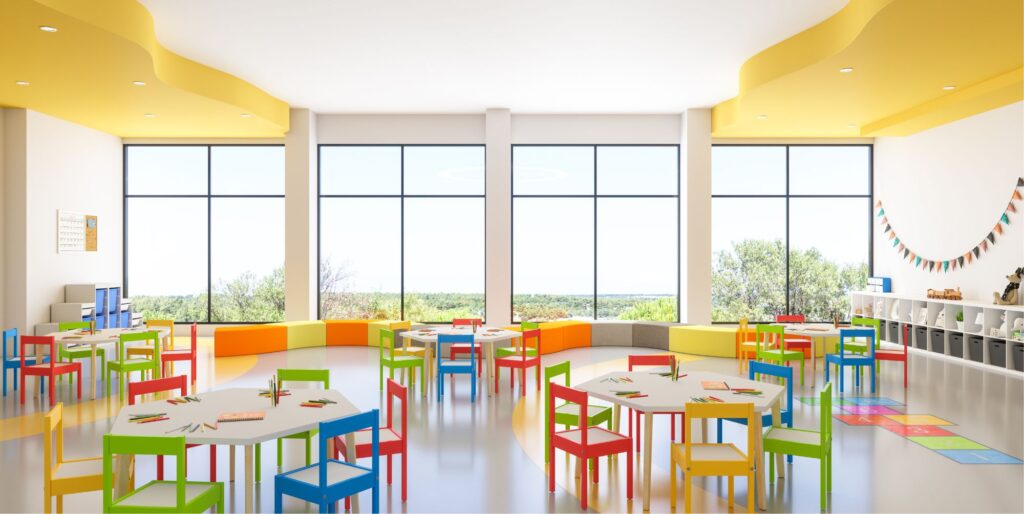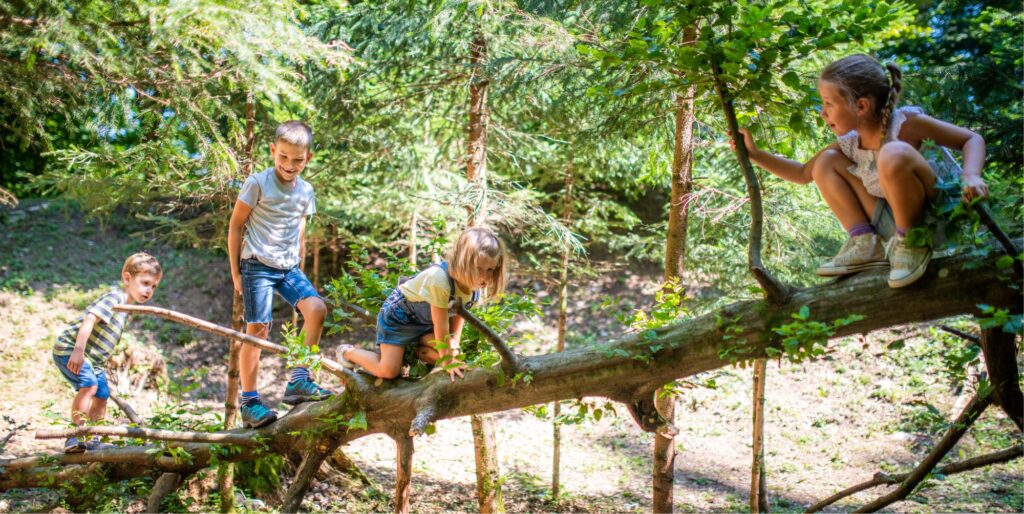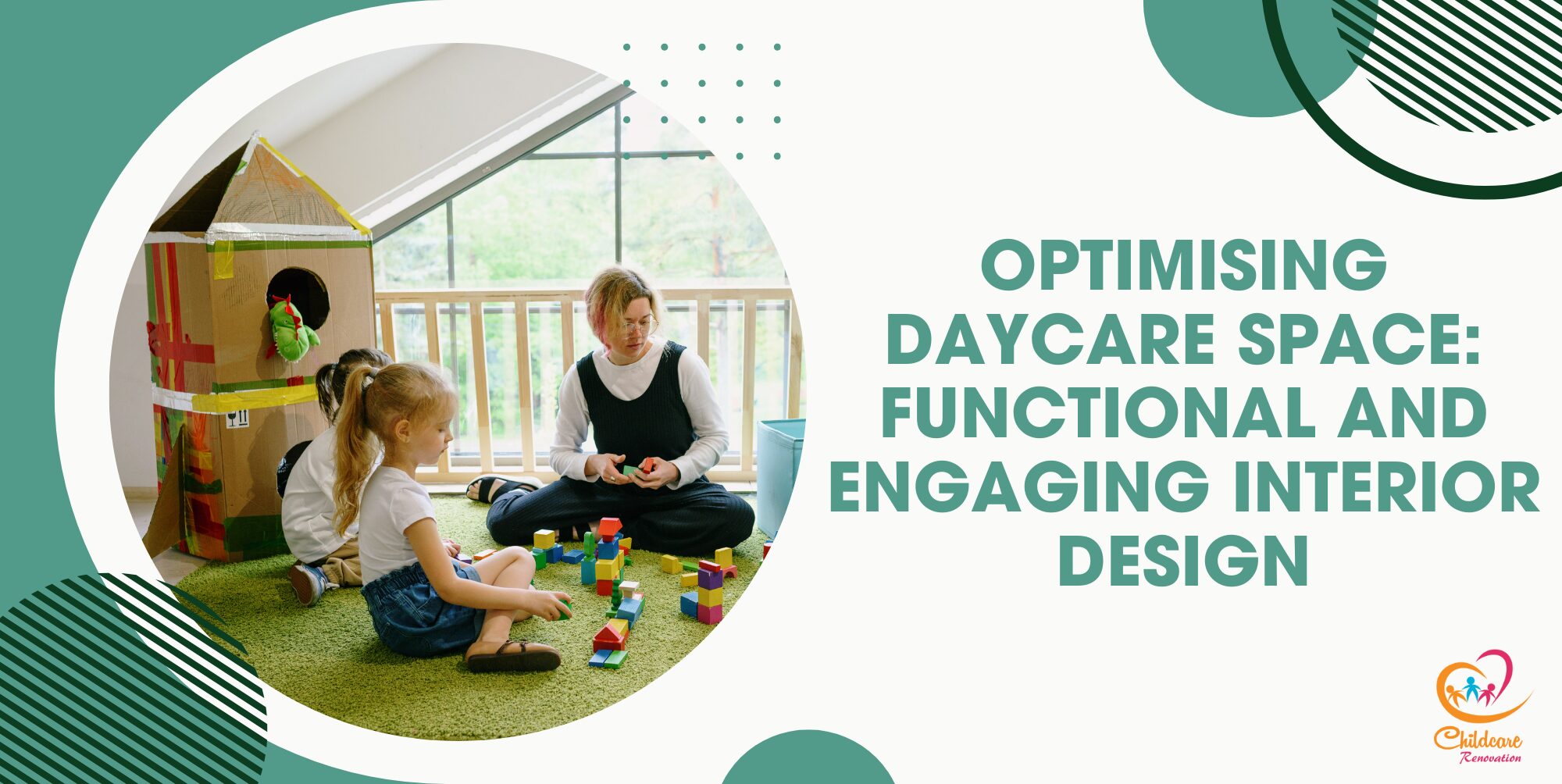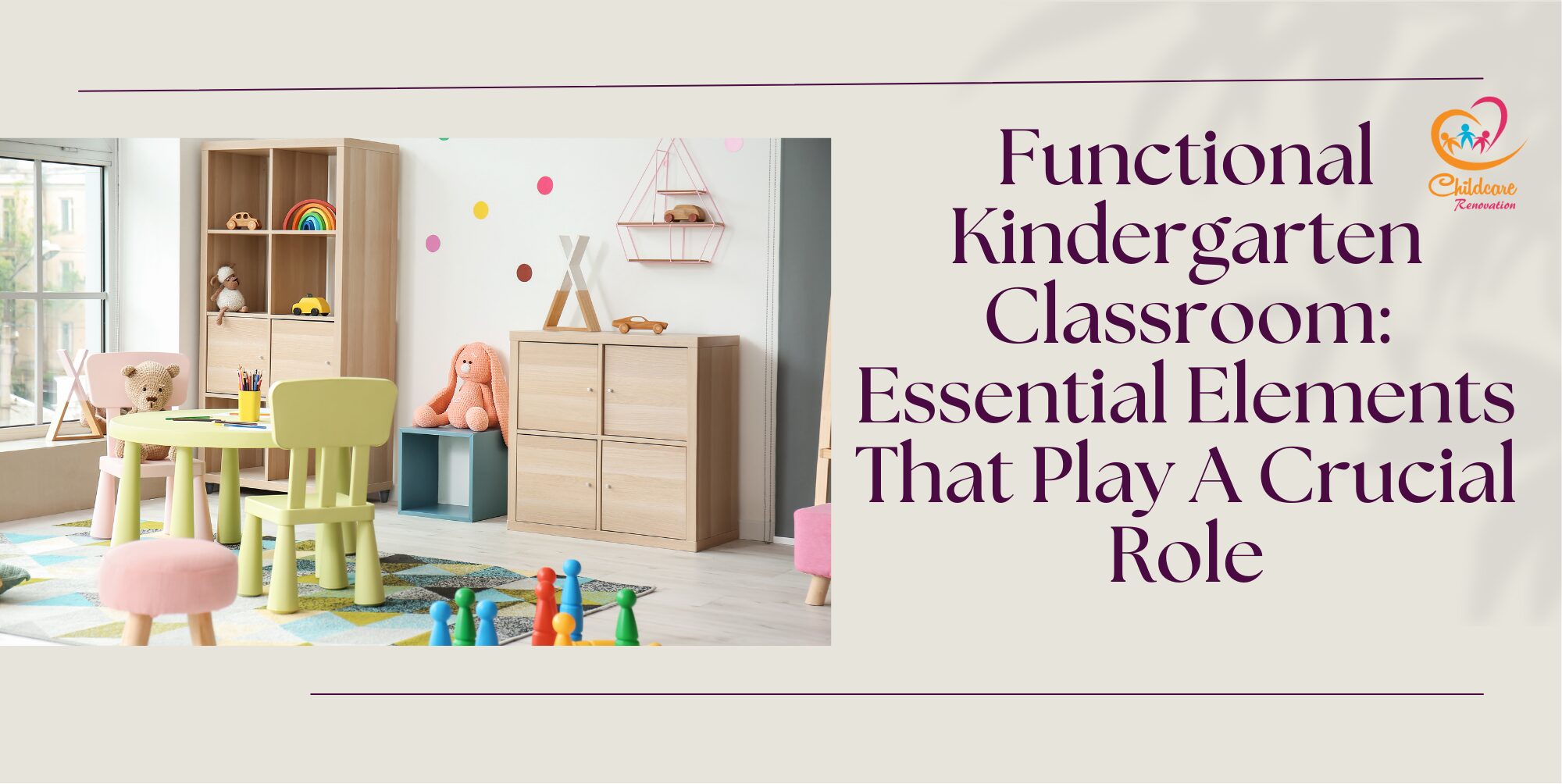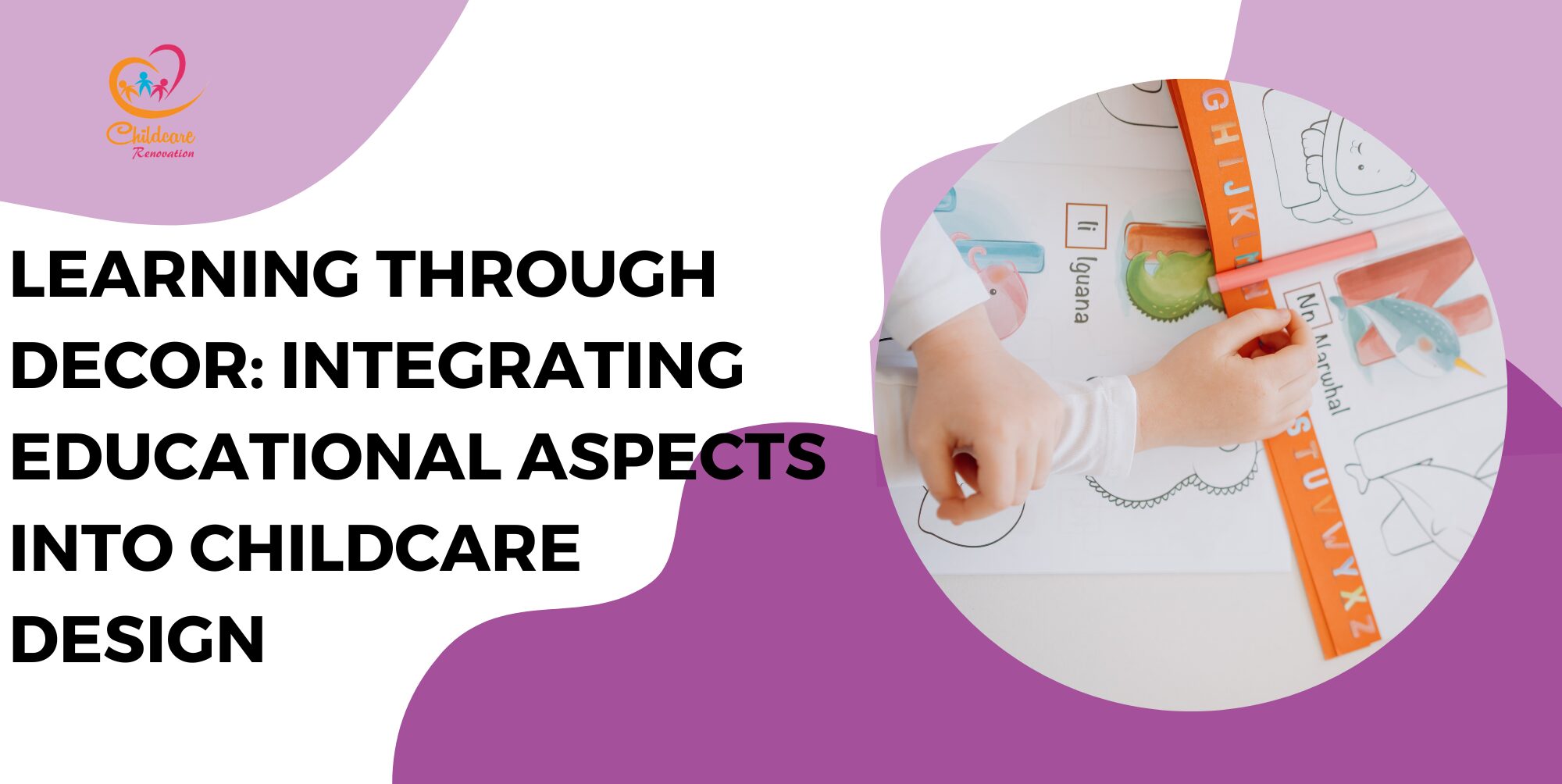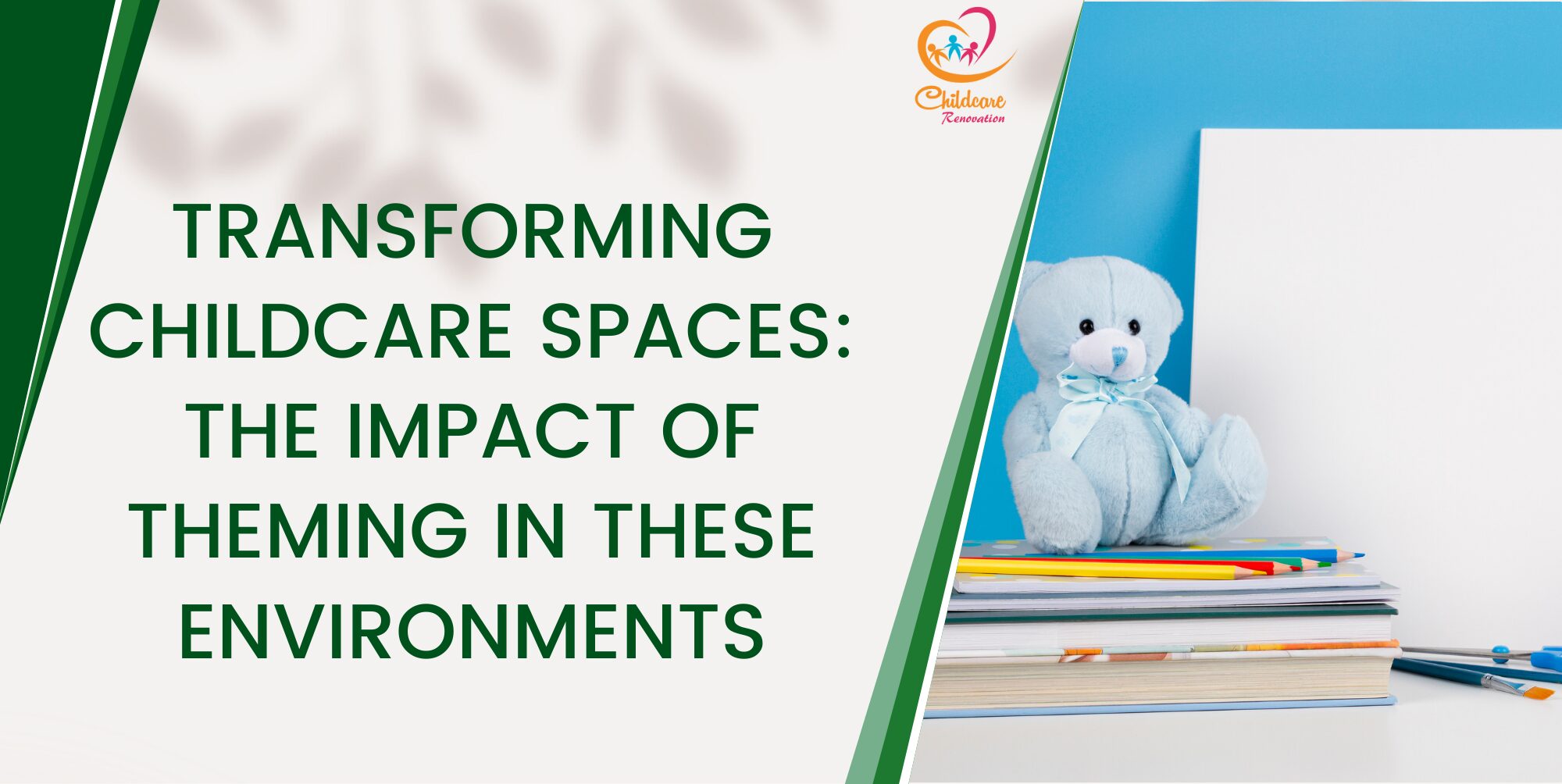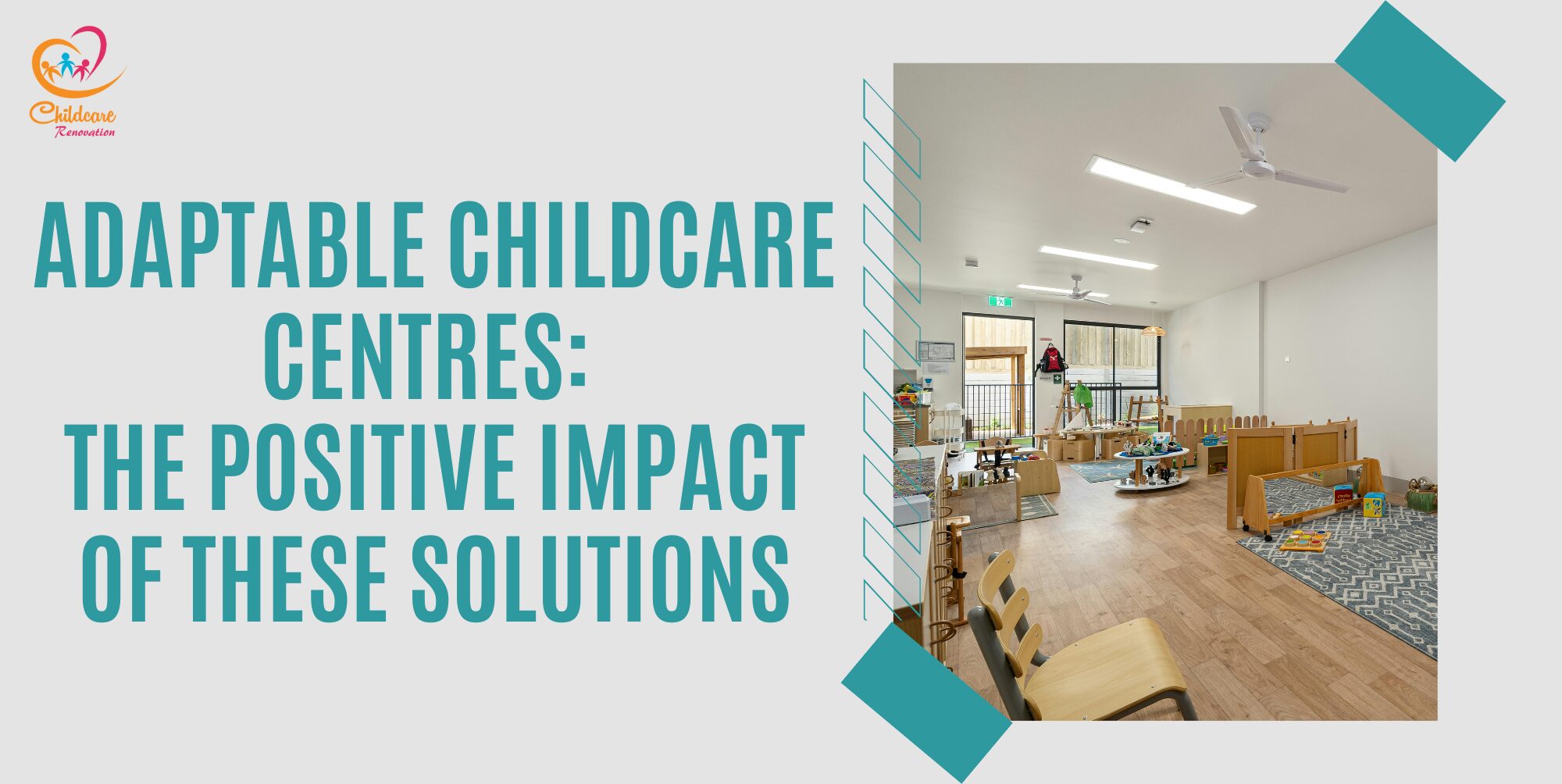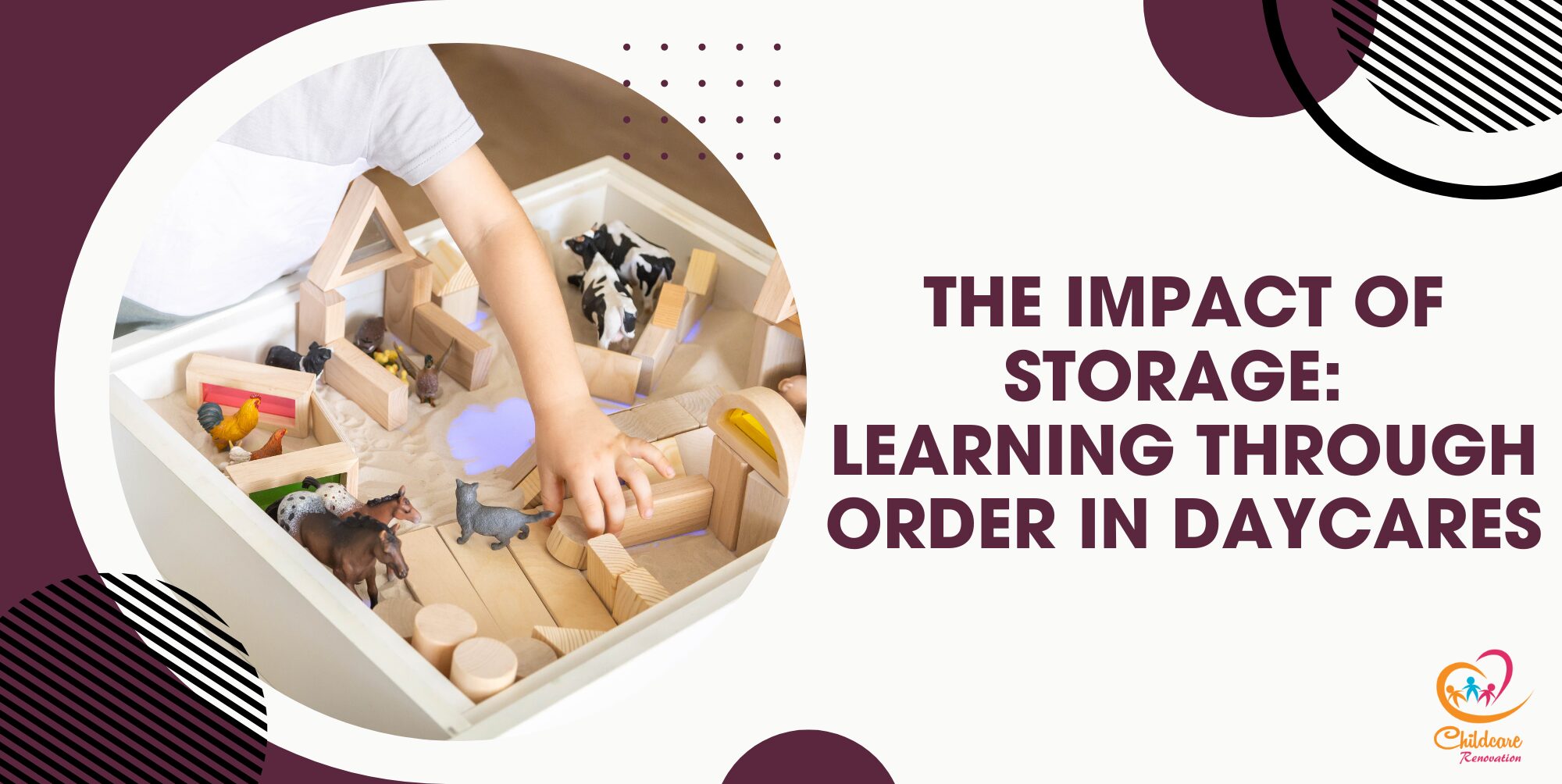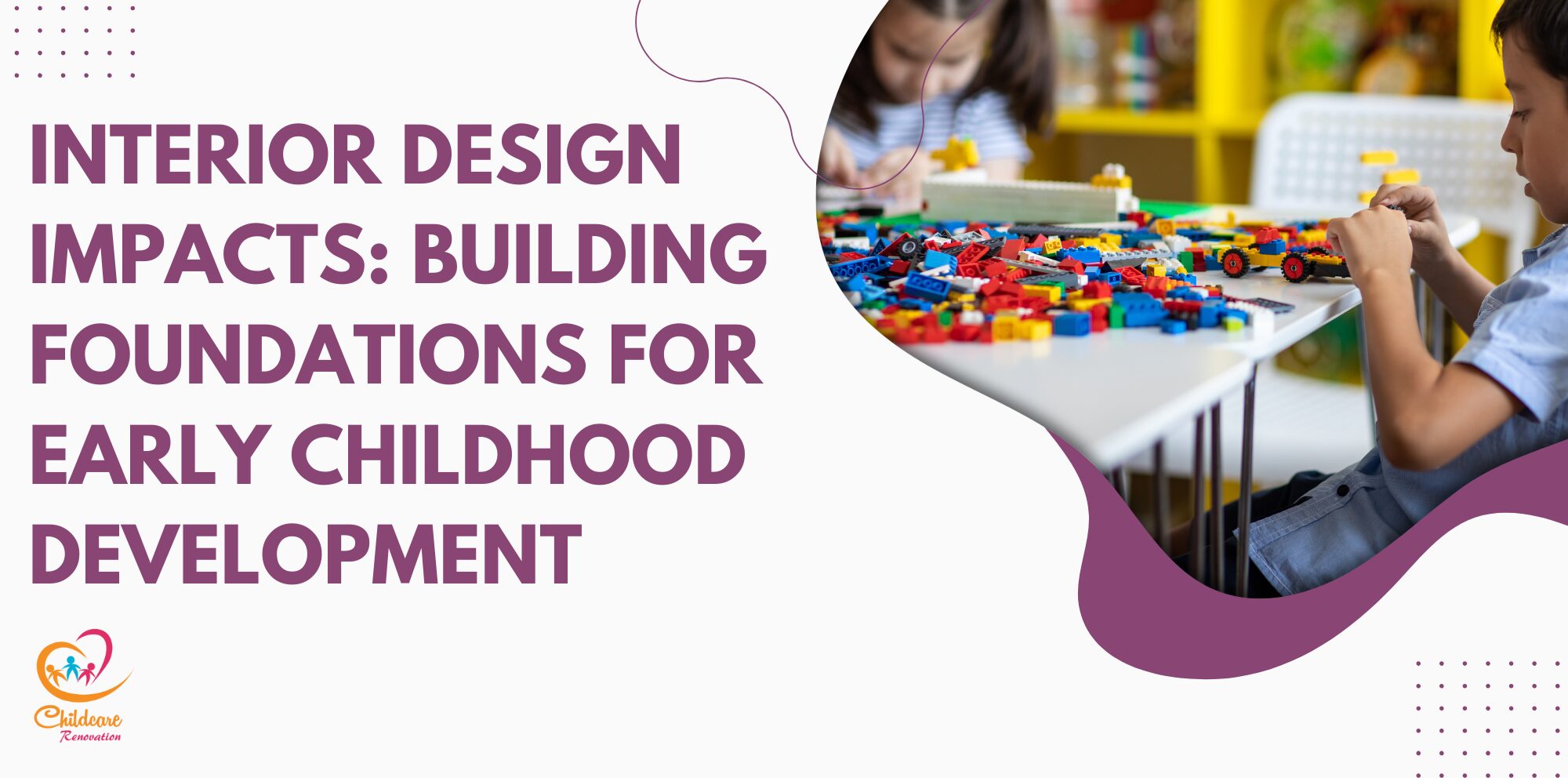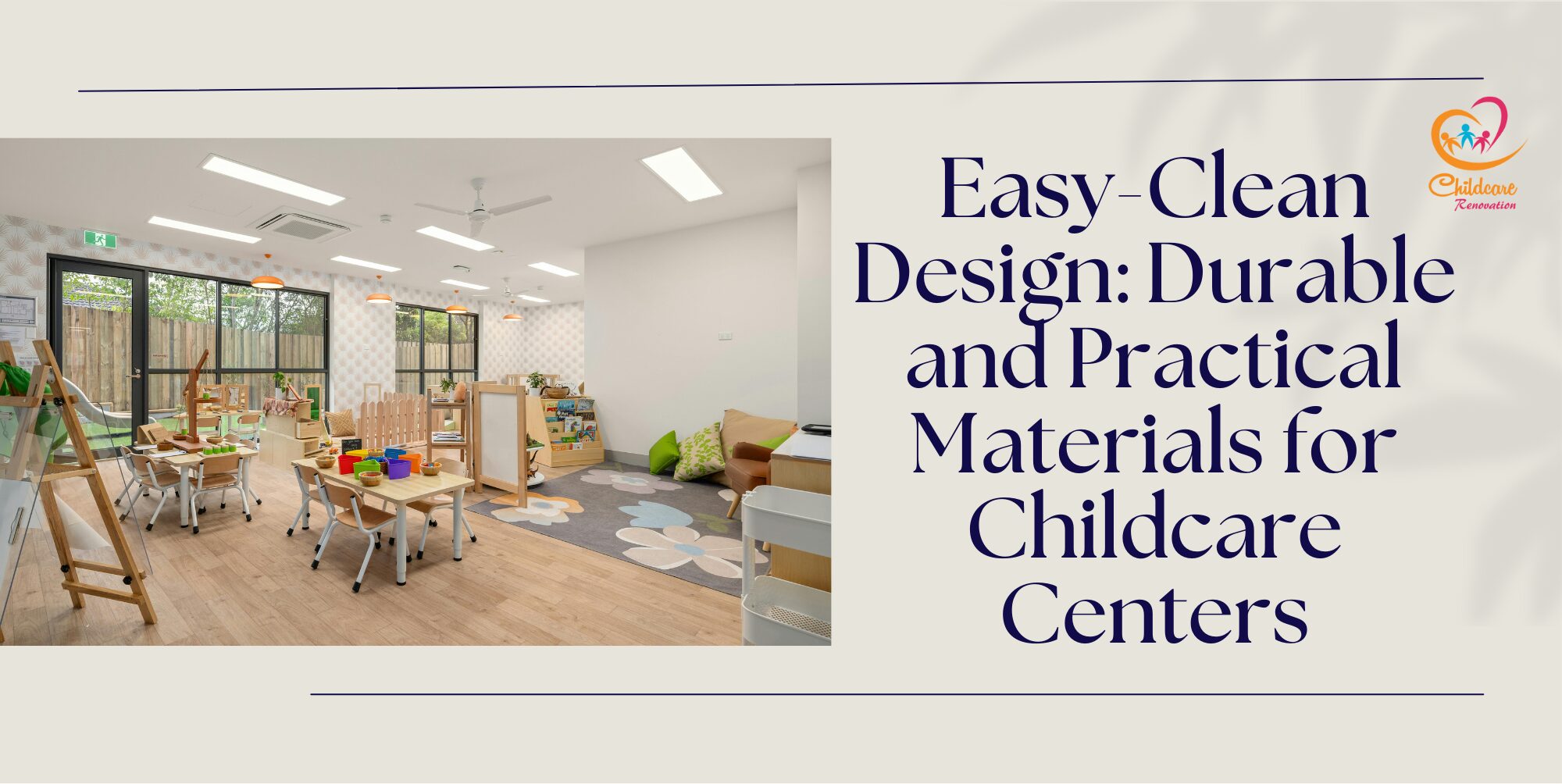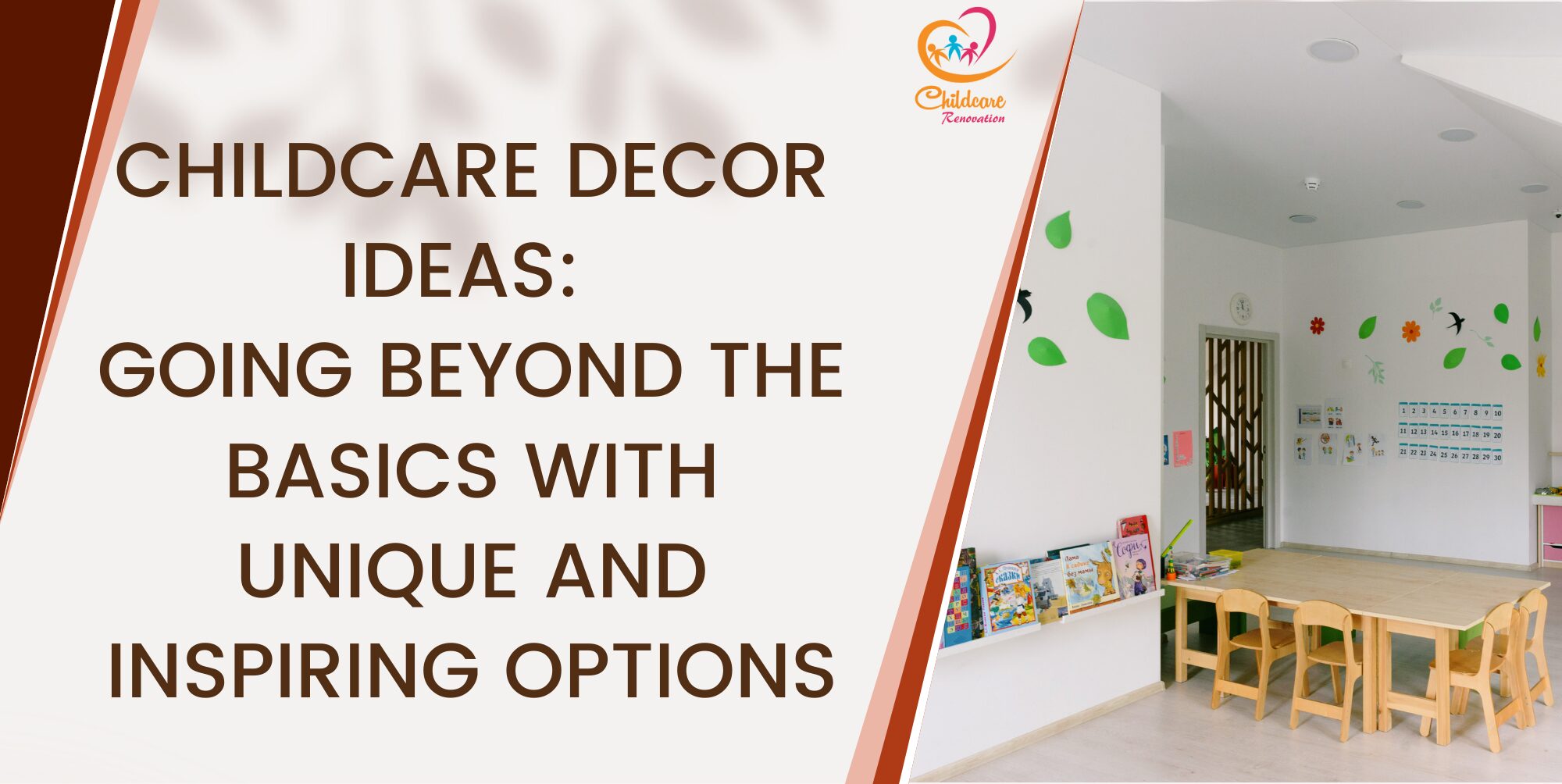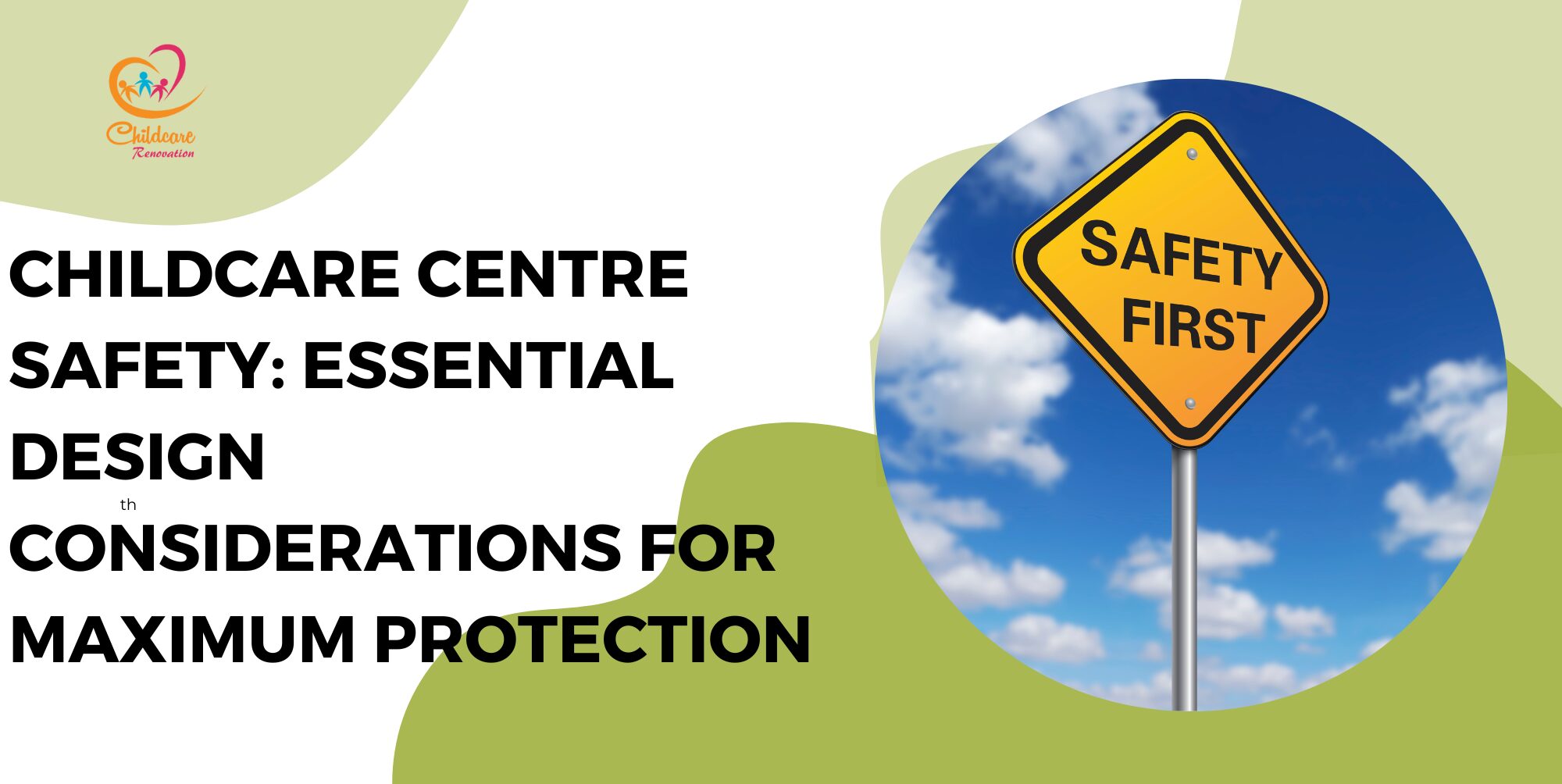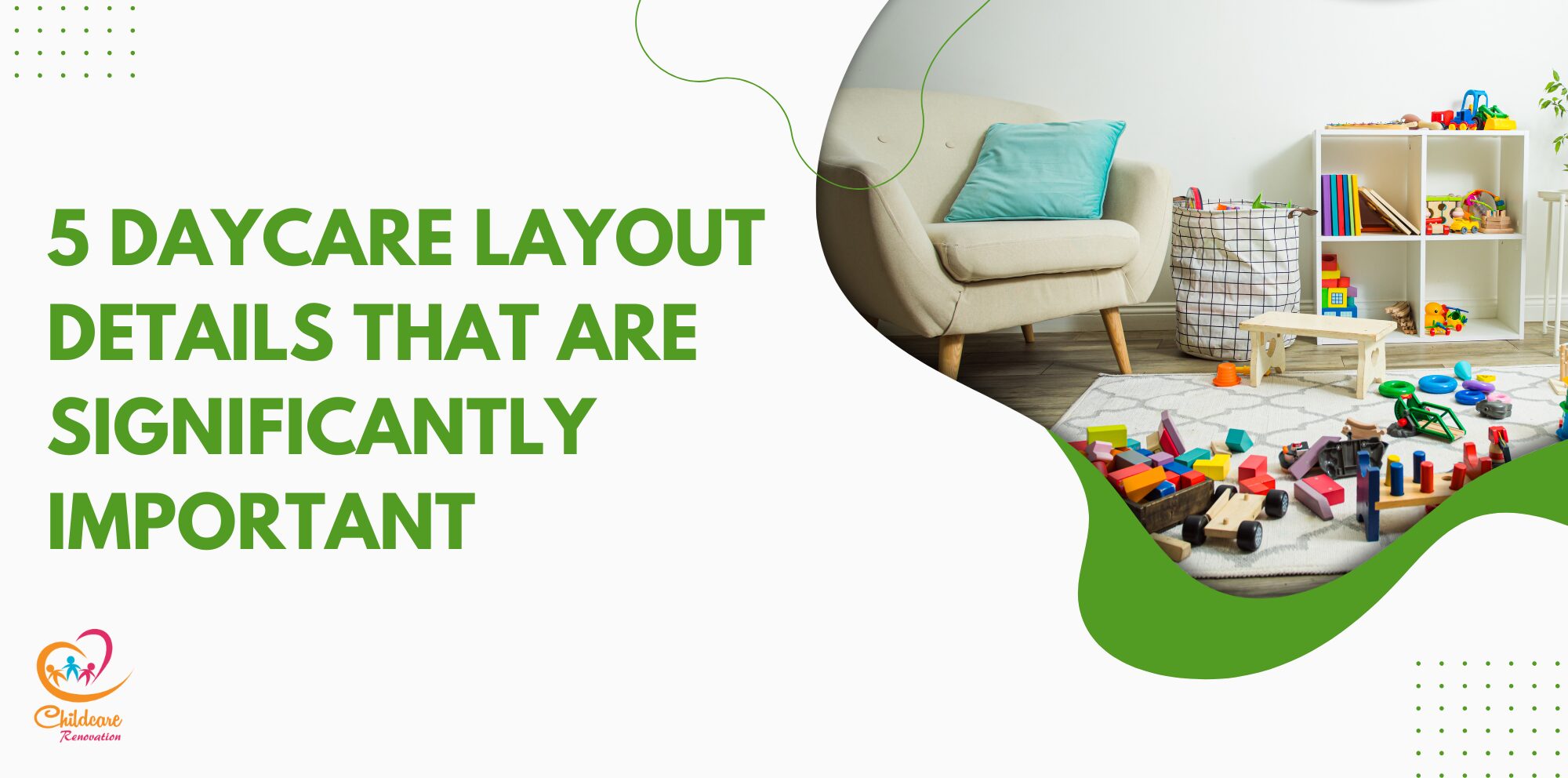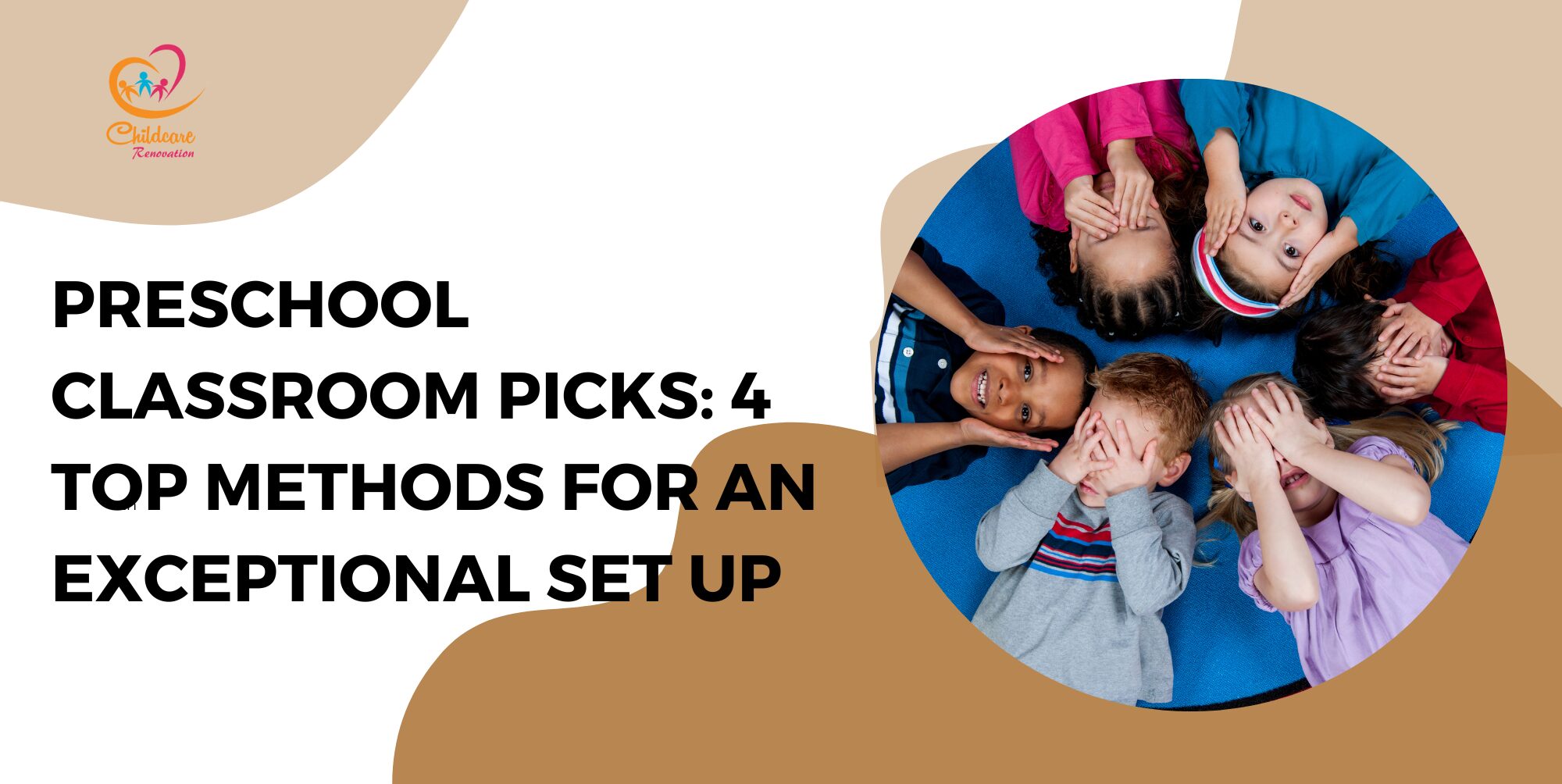Have you noticed how children use their senses to interact with the world from an early age? A sensory-rich environment in preschool, playground, at home and at the park can promote brain development. Research shows that children learn through interaction, practice, and observation, so a rich learning environment helps them thrive. We take in the world with our five senses and receive information about our surroundings. Sensory integration is the way that all your senses work together to organize information and help you navigate your environment successfully and effortlessly.
A child’s motor development includes the ability to process sensory information (touch, movement, sight, hearing, taste, smell, pressure) in the environment and integrate it with sensorimotor and sensorimotor skills. If a child cannot process the senses of their surroundings, they may not be participating in the functional play necessary to acquire the integrated motor skills for learning. As a result, the following behavioral problems may be observed such as difficulty transferring tasks and refusing to participate in activities.
Helping children perceive and use their senses is a big step in promoting brain development from an early age. A child’s senses develop at birth and most probable already develop when still inside their womb. Creating sensory environments for children can encourage development in many ways.Here are some of the ways to create a sensory-rich environment for children.
Table of content
Create a Sensory-Rich Environment #1: Lighting
Light affects everyone. As unique individuals moving around the world, each person’s experience is different depending on how our minds process sensory information. Some children may find it difficult when the light hits a reflective surface such as the floor or countertop, or when the light is overhead rather than on a desk or table. This can lead to sensory overload which make them have difficulty to stay focus on their activities.
Natural light is always the best choice as studies have shown that natural light has a positive impact on a person’s mood, health and attitude at the same time it can supports learning via dynamic lighting. Fluorescent lights are used in most commercial buildings. The constant flickering can be visually overstimulating for children. You can cover them with draped fabric to diffuse the sensation if you have many of them. If you have a lot of windows, avoid distractions by using transparent panels to let the natural light in to reduce visual intensity. Let children wearing a hat when they are outside to block the intensity of the light.
Create a Sensory-Rich Environment #2: Colour
Colour is the energy produced by light that influences bodily functions, mind and emotions. These effects are more pronounced in children as they are sensitive to colour compare to adults. Studies shows that colours are beneficial for brain development, creativity, productivity and learning. Colours can impact on people differently such as triggering excitement, calming, inspiring, fear and tension, pacifying and more.
The colours used on the walls can set a tone of alertness or calmness. Consider what you are looking for in your particular environment. Warning colours such as red, orange, and yellow are useful in active areas, but be careful not to overuse them. Earthy, neutral tones are great for minimizing overstimulation. Accents of blue, green, or purple can help foster creativity and calmness. Therefore, you can use relevant colours on the walls to allow the children learning particular subject with the right mood and in a happy and creative environment.
Create a Sensory-Rich Environment #3: Seating
Some children require good sensory input from the environment to maintain a sitting position. When sitting in a chair, make sure their feet should always touch the floor. Eating is a difficult functional task for many children, so pay attention to the position of the high chair and try to find the same stability at the table. If your child’s feet are not touching the ground, use a footstool or try using other objects to give your child foot input and improve their posture.
Some children are not ready for this bent position and may benefit from standing instead of sitting. A beanbag or cube chair for support can help maintain a calm body over a period of time. Children lying on the floor, bumping into other people, or in constant motion may find it difficult to adapt to the task at hand. They may not have the necessary postural control or spatial awareness.
Create a Sensory-Rich Environment #4: Noise
Quiet and calm environments are better for getting attention than noisy environments. A busy, noisy room is a nightmare for a noise-sensitive child and it can pose a serious threat to a child’s physical and psychological health, including learning and behaviour. Watch out for kids who pull away during transitions, yell at unexpected noises, or keep their ears covered instead of participating. Sound/noise-cancelling headphones and/or a quiet retreat can have a calming and conditioning effect.
Create a Sensory-Rich Environment #5: Forest Play
The forest can be viewed as the optimal sensory environment for children to strengthen their bodies and recognize ways to protect themselves. Forests offer many opportunities for the integration and development of all the senses, including vestibular and proprioceptive as the children involve in full body activities.
This brain-body connection grows exponentially as you spend more time in nature and one of the skills is proprioception. For example, children who have proprioception sense will not cause injury to others when they playing around and chasing each other. Apart of that, they can control their force so they won’t accidentally injure an insect when they grabbed it.
Proprioception tells us how much force and strength we need to expend for different activities. This feeling helps you know how to complete tasks such as knowing how to lift things gently, lower things effortlessly, and be more aware of your whole body.
Create a Sensory-Rich Environment #6: Sensory Retreat
Providing an environment in which children can retreat when they feel overstimulated and ready to withdraw or break down can be very helpful in any situation. This is an area with reduced sensations and comfortable seating and specific boundaries, like a bean bag chair or a large floor cushion. Noise-cancelling headphones and weighted objects help reduce hand tremors. Picture books can also be a good coordinator for overexcited children.
As adults, we adjust ourselves throughout the day, whether it’s sipping on a cup of coffee, fidgeting with a pen while listening to a lecture, or hopping our feet to maintain our position and attention. Use whatever works for you. Consider your child in their functional environment. Instead of seeing their behaviour as negative and opinionated, see what’s hard for them. Then determine what needs to be handled and adjusted to achieve functional success.
Create a Sensory-Rich Environment #7: Sensory Play
Sensory play offers children a unique opportunity to engage with the world in ways that help them grow and develop. This type of active play helps create connections in the brain that enable increasingly complex thoughts and tasks.
While sensory play is a lot of fun and is often fairly easy to set up, it can be difficult for adults to come up with ideas for helping children engage in sensory activities. Here are some examples of sensory play activities which include create a sensory bin, playing with food, sound tubes, play dough and more.
Sensory play activities don’t have to be complicated to be fun. Often times, you just need a few items that you probably already have around the preschool. It can be messy, but helping your child use their senses gives them the opportunity to learn and grow as they interact with the world around them.
Conclusion
Designing your preschool in a way that encourages play can help children learn about space and develop skills such as balance. For example, use pillows to create different spaces in the playroom, or put blankets that are meant to be tents or castles in front of your child.
Children learn about the world through their five senses. There are many ways to stimulate a child’s senses, and regular practice can help them develop their skills. Best of all, it can be done with simple game ideas that kids can enjoy without realizing they are learning something valuable in the process.
Speak with The Experts
Planning to get started at your kindergarten but have no idea about it?
Childcare Center Renovation Singapore is a reliable company for renovation and interior design. They have about ten years of experience in this field and have a good reputation among customers.
Call us now to get your desired kindergarten design ideas now!


